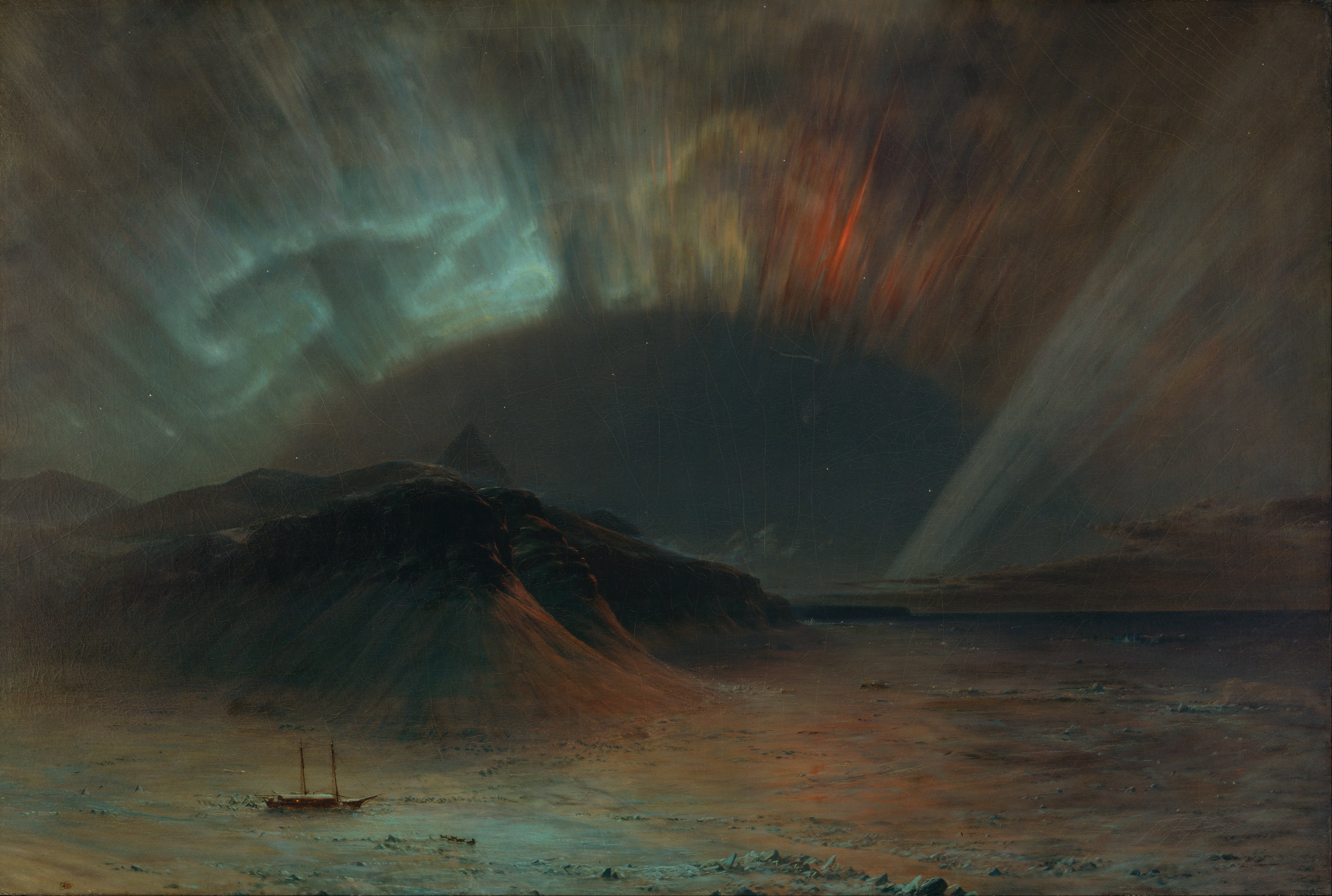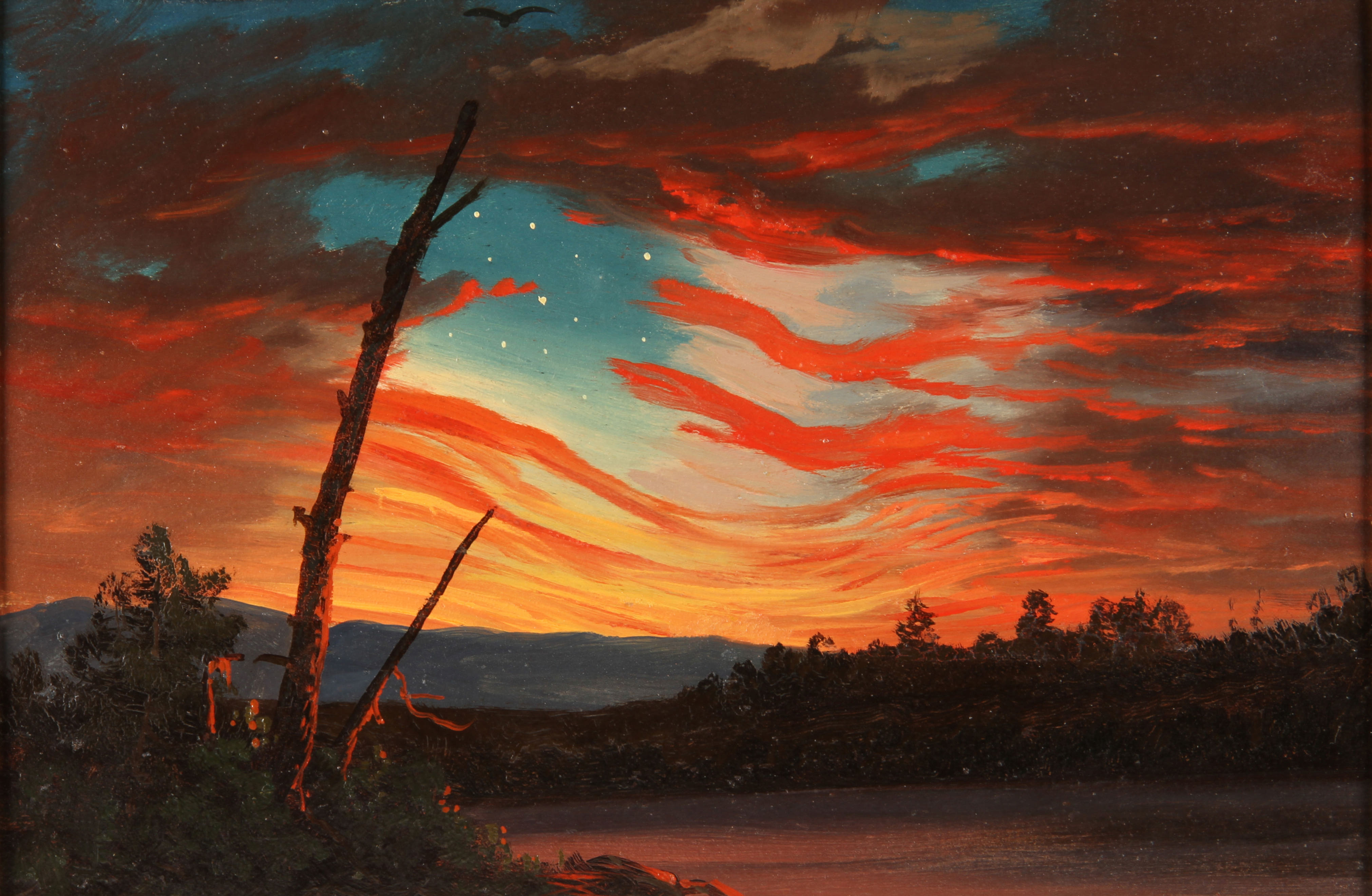The aurora borealis didn’t show up, but my friends did. Our plein air event at Ocean Park is off to a great start.
| The new sandbar, 10X8, oil on canvas, by Carol L. Douglas |
I arrived in Ocean Park in a flurry of excitement. The sun has been kicking up an electro-magnetic storm and it was possible the Aurora Borealis would be visible as far south as Boston. While Ocean Park is two hours south of my house, I thought there was a good chance we might get a glimpse of them.
I’ve seen the Northern Lights many times, but never with paints in hand. I’ve painted them in my studio but I long to paint them en plein air.
 |
| Goosefare Brook oxbow, 8X6, painted last year. It’s gone now. |
To that end, Frank Gwalthney and I drove down to Rachel Carson National Wildlife Refuge. This 50-mile-long Federal preserve touches Ocean Park. In addition to sheltering sea birds, it also provides an oasis of dark sky in Vacationland. But, alas, there was no shimmering green light, merely beautiful stars.
I spent five weeks painting in Canada and Alaska last year and never saw them there, either. They are fickle and shy.
Still, it’s not what you don’t have; it’s what you do have, and what I have is a happy band of painters whom I treasure as friends. Anthony Watkins set up to paint the Ocean Park Ice Cream Fountain. The rest of us headed off to the mouth of Goosefare Brook.
|
The Heavens Declare, 48X36, oil on linen, by Carol L. Douglas. Once again, I miss the chance to paint Aurora Borealis in the wild.
|
We’d heard that the tides had scoured out a new channel for the brook, but I was unmoved. Goosefare Brook wiggles around in its basin annually. My skepticism was misplaced. The oxbow is entirely gone. Its hundreds of tons of sand now sit out in the ocean as a new sandbar off the creek’s mouth. This has created a tidal pool of still water, suitable for young kids and anyone else who doesn’t want to fight breakers.
We understand that the ocean is unfathomably powerful, but that tangible proof is more convincing than any number of warnings.
| Straight-on breakers, 10X8, by Carol L. Douglas |
Despite our slow start and happy chatter, we all managed to turn out credible first paintings. In a few minutes, I’m heading downtown to start my first painting of the day. I think it will be a streetscape. If you’re in southern Maine this morning, stop to see me. You can get directions at Jakeman Hall, at 14 Temple Avenue. (If you’re new to Ocean Park, you may need to set your GPS for Old Orchard Beach.)
See you soon!







